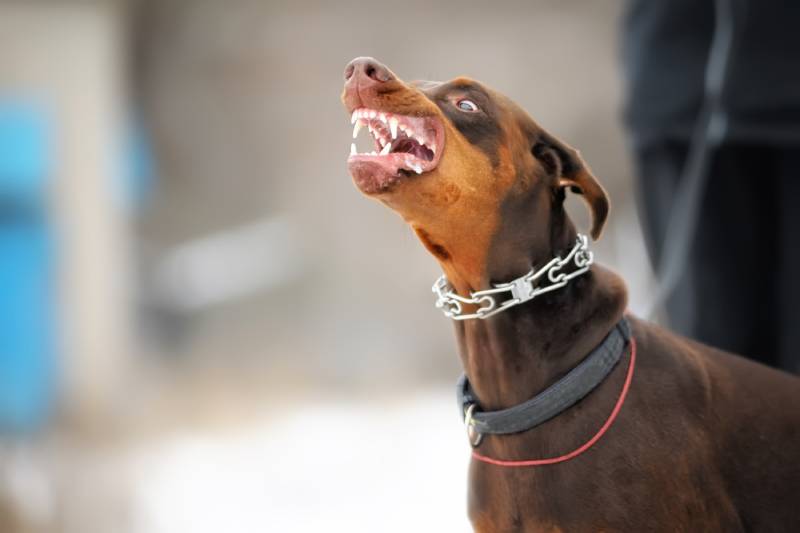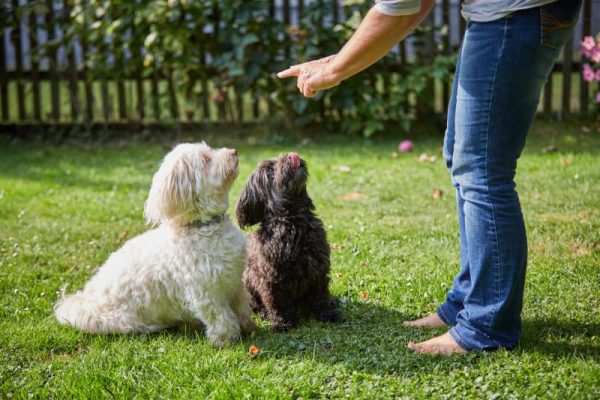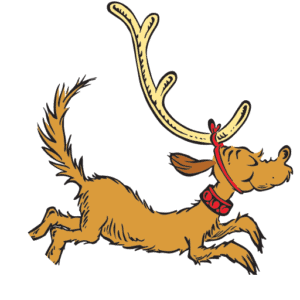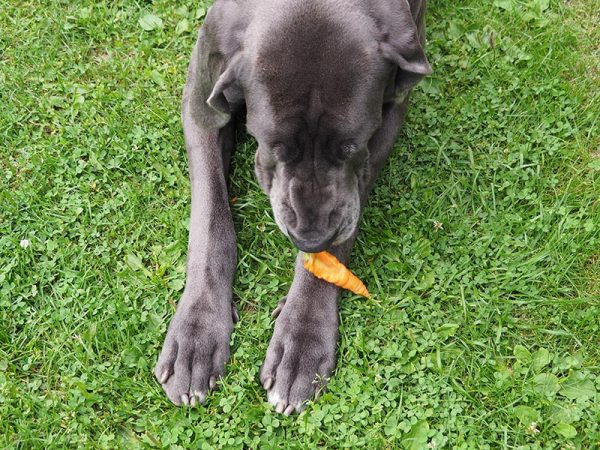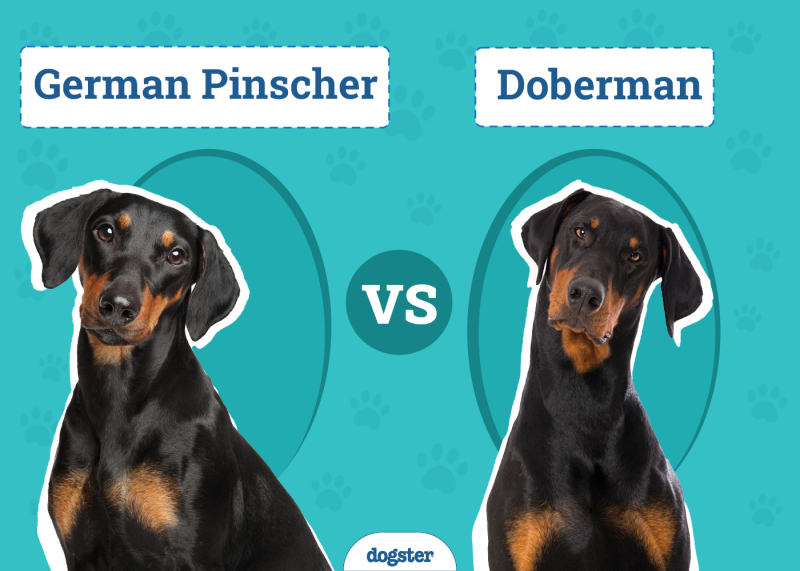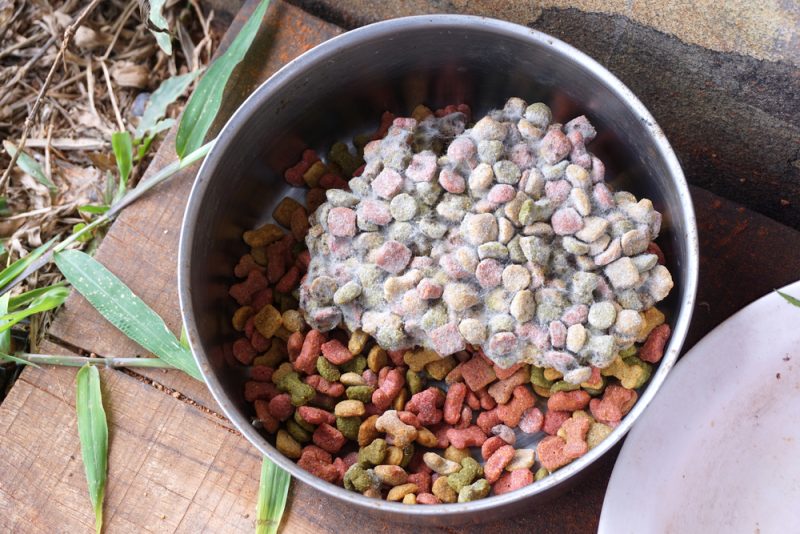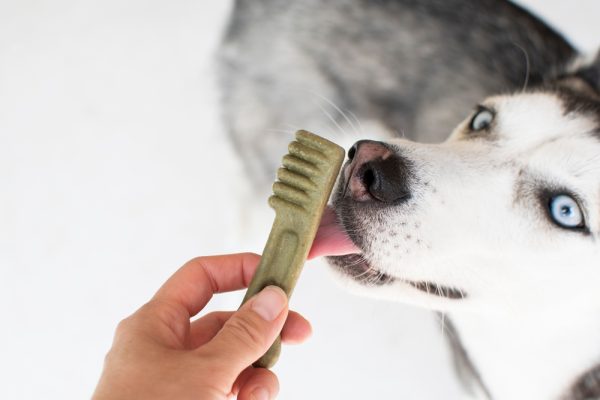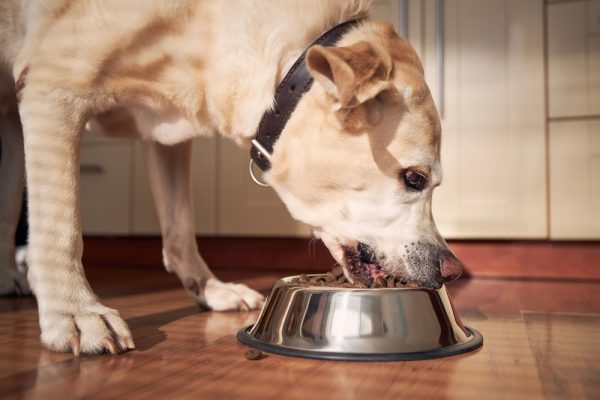In this article
It is hard to give an exact measurement of a Doberman’s bite force as most dog breeds have not had their bite force tested. Also, bite force figures that have been reported have not all been measured in the same units, some in Newtons (N), others in pounds per square inch (PSI), making comparisons more challenging. However, based on the shape of the Doberman’s jaw and overall body weight, we speculate that their bite force ranges between 250 to 300 N. Read on to learn how we got that estimate and find out more about the Doberman’s bite strength.

How Did We Estimate the Doberman’s Bite Strength?
As we mentioned before, we do not have any scientific studies that show the exact measurement of a Doberman’s bite force. Why is that? Studies on domestic dogs’ bite force are not widely sought after or very straightforward to reliably measure. Granted, there have been some studies on certain police dogs where a small group of them had their bite force recorded: the German Shepherd and Belgian Malinois. These dogs have been specifically trained to bite on command, so it was possible to get them to bite onto a pressure gauge. The study measured their median bite force (GSD at 360.4 N, and the Malinois’ was 247.0 N.)
So, how did we come up with the estimate of between 250 and 300 N? We looked at the overall size of the Doberman and compared it to the figures we had about their bite force from the previous study. We considered the Doberman’s head shape and the fact that they are used as police dogs as well. Again, this is an estimate. The only real way to prove the power of a Doberman’s bite is by measuring it directly.
Although there are numerous sites that list the bite force of different breeds, there are no scientific sources for the figures provided, and many appear to be grossly inflated.
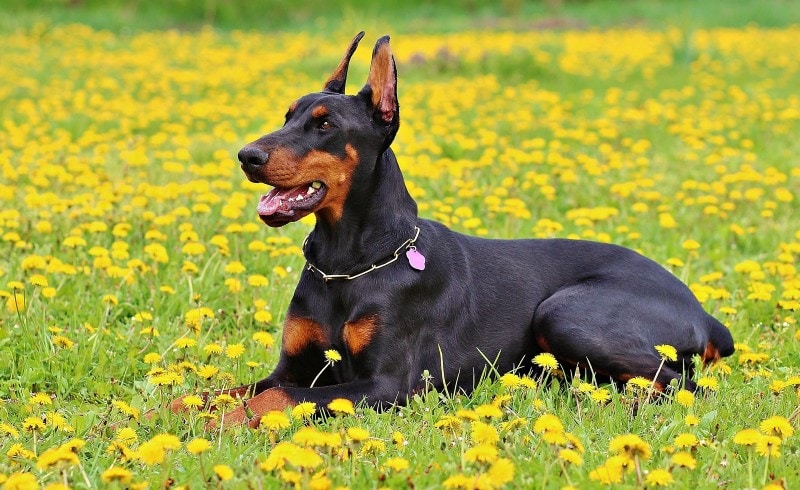
How to Measure Bite Force
Measuring bite force is not easy. There are three ways to conduct this experiment, but none of them are 100% accurate. Here are some of the ways it can be done.
- In vivo
- In vitro
- In silico
In vivo is done by using anesthetized dogs by electrical stimulation of jaw adductor muscles. However, this method did not show what the bite force could be in a natural setting.
Another way, in vitro, uses mechanical equations for the jaw muscles, skull structure, and mandible to calculate bite force.
Another method is in silico, which is often used for extinct species because they use a computed model of the skull to estimate the bite force.
In the study done on the German Shepherd and Belgian Malinois police dogs, researchers used a transducer. This instrument is a hollow steel rod with a strain gauge wrapped in rubber tubing (it was also covered with beef-flavored rawhide to get the bites to fight with a bit more force). However, this method still greatly depended on the dog’s willingness to bite. Even beef-flavored rawhide did not encourage these canines to bite, so the results might not have shown the dogs’ full force.
As you can see, measuring bite force is tricky, to say the least!

The Scissor Bite
A Doberman’s jaws close with the top teeth sliding over the lower teeth. This is called a scissor bite. When Dobermans bite objects, they commonly bite down, release, and bite again quickly. This repeated motion, combined with the Doberman’s PSI, can cause much more damage than a single bite.
Are Dobermans Vicious?
Dobermans are not naturally aggressive or dangerous, but they were originally bred to be guard dogs, so they are loyal and intelligent. They’ve been used as service and emotional support dogs. They are commonly used in police work and for protection, giving the impression that they’re dangerous dogs.
In the 1880s, Karl Friedrich Louis Dobermann was a tax collector who wanted to protect himself against any threats made against him. He created the perfect guard dog, the Doberman, by crossing breeds like the Rottweiler, Weimaraner, and Manchester Terrier. In 1908, the American Kennel Club registered the Doberman, and this intelligent, energetic, and protective dog became more widely known.
Today, Dobermans are gentle, affectionate dogs. They’ve earned a reputation for being aggressive dogs because they’re used for security purposes, and they have an instinct that makes them wary of strangers. Their intimidating appearance sometimes makes strangers wary of them. However, the Doberman is an ideal choice for a family pet that will also work to protect you.

Bite Force of Other Animals
Now that we have speculated what the Doberman’s bite force could be, what about some other carnivores? 3 This chart goes over the measured bite force of some powerful predators!
| Animal | Bite force at the canines (N) | Bite force at the carnassials (N) |
| European lynx (Lynx lynx) | 213.0 | 329.7 |
| Cheetah (Acinonyx jubat) | 325.6 | 475.1 |
| Jaguar (Panthera onca) | 879.5 | 1,348.0 |
| Lion (Panthera leo) | 1,198.6 | 1,833.1 |
| Tiger (Panthera tigris) | 1,234.3 | 1,839.0 |

Summing Up
A Doberman has a strong bite force, but other factors of each individual dog will determine the exact PSI measurement. Age, health, strength, and the size of the target being bitten all affect the dog’s bite force. While Dobermans are popular choices for security and home protection, they also make affectionate and loving family pets.
See Also:
Featured Image Credit: Kseniia Kolesnikova, Shutterstock

